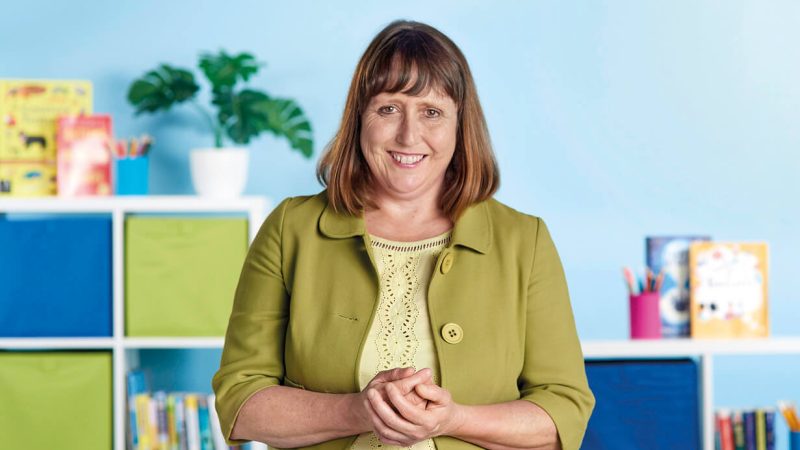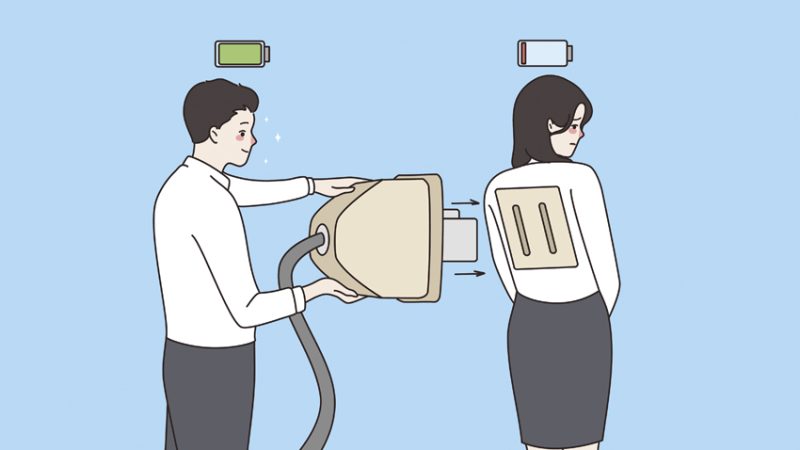Let’s Ditch The Frippery And Get Back To ‘No-Frills’ Teaching

If teaching approaches will no longer be criticised or endorsed by Ofsted, writes Julie Price Grimshaw, that's our cue to focus on the fundamentals…

A friend and I were recently reminiscing about life before Ofsted. It’s hard to imagine now that such a time actually existed. There were no ‘Ofsted inspectors’ – just an ‘HMI’, who would visit a school for the day, announcing her arrival by placing her briefcase on the receptionist’s counter. I remember a particular headteacher’s feedback to us the day after one such visit, recounting the main judgement as, “There are rather a lot of weeds in the school grounds”.
Missing the freedom
My friend, a very talented teacher, said that she missed the freedom of her early teaching days. She believes that regular inspection was a major factor in the introduction of teaching fads and formulas, all designed with the intention of pleasing inspectors. She was known for her creative teaching, with her pupils developing a real appetite for learning and making excellent progress as a result. Her own ‘formula’ was that imaginative and inspiring teaching leads to an appetite for learning – which in turn leads to rapid progress.
Things changed in 1994 when her school was given notice of inspection, which was followed by much discussion on ‘how we should teach for Ofsted’. Observed lessons were very much ‘performances’, some worthy of an Oscar, and it was even possible to buy exemplar lesson plans.
In the school where I worked, lesson plans in inspection week had activities timed to the exact minute. Objectives were always placed on the board and formal assessment had to take place at least every 20 minutes. It seems crazy now, but there was no mention of the most important thing – the quality of learning.
All about the learning?
Thankfully, things have since changed. The message in recent years has been that it’s all about the learning; that inspectors are not able to criticise or endorse any particular teaching approach without considering the impact.
However, I’m still coming across schools who are stuck in the past, constantly on the lookout for that ‘magic teaching formula’. Over the we’ve seen the increasingly widespread availability of entire pre-planned schemes (the teaching equivalent of microwavable ready meals), and various ‘top tips’. One school told me recently that ‘PPPB’ (Pause, Pose, Pounce and Bounce) had to feature throughout all lesson plans.
Others are meanwhile still treating Bloom’s Taxonomy as the holy grail of teaching, morphing its basic principles into some extremely complex theories that don’t necessarily translate into effective practice. I once had a deputy head tell me, “In our school, it’s all based on Bloom’s so it’s got to be good!” After subsequently witnessing a disastrous PE lesson in which several Y1 children had ended up in tears because of the appalling manner of the class teacher, I had to disagree.
Four cornerstones
If we all now have the green light to drop the straitjackets and focus on what actually works best in our teaching, isn’t it time to redefine the ‘really important stuff’? In other words, what are the cornerstones of ‘no-frills teaching’? Here are my top four:
Subject knowledge – both ‘per se’ and pedagogy If you don’t know enough about something, then teaching it is likely to be a problem. And sometimes, even if we know quite a lot about a subject or topic, this doesn’t mean we can put it over to our pupils clearly. Accurate knowledge and the ability to convey it are pretty fundamental.
Asking the right questions Apparently, Socrates said that teaching is ‘The art of asking questions’. I’m with him on this. Excellent questioning techniques enable us to ensure maximum engagement, raise the level of challenge for individuals and check pupils’ learning.
Pitching the level of difficulty Basically, it’s about setting work that isn’t so difficult that pupils can’t access it, but not so easy that they don’t make progress. The latter (lack of challenge) seems to be the more common criticism at the moment.
Checking understanding Every time you look around the class you’re getting loads of feedback. Is the stuff you’ve planned actually working? Sometimes our lesson planning is a ‘best guess’ – I, for one, have certainly got it wrong at times. Binning the plan and adjusting the tasks or changing the explanation is very good practice.
Whatever we see as the basics of ‘no frills’ teaching, it’s vital that there’s enough flexibility to allow a teacher to be creative and inspiring, and bring his or her individuality to the classroom.
I believe that the best teaching is whatever stimulates a voracious appetite for learning – especially as rapid progress often follows. Embedding these skills is a very worthwhile investment. Don’t worry about the fads – ‘no frills’ teaching can stand the test of time.
Julie Price Grimshaw is a teacher, teacher trainer, and education consultant; she has taught primary and secondary, and has been involved in school inspections since 2001. For more information, visit www.selfpropelledlearning.co.uk or follow @Julespg











